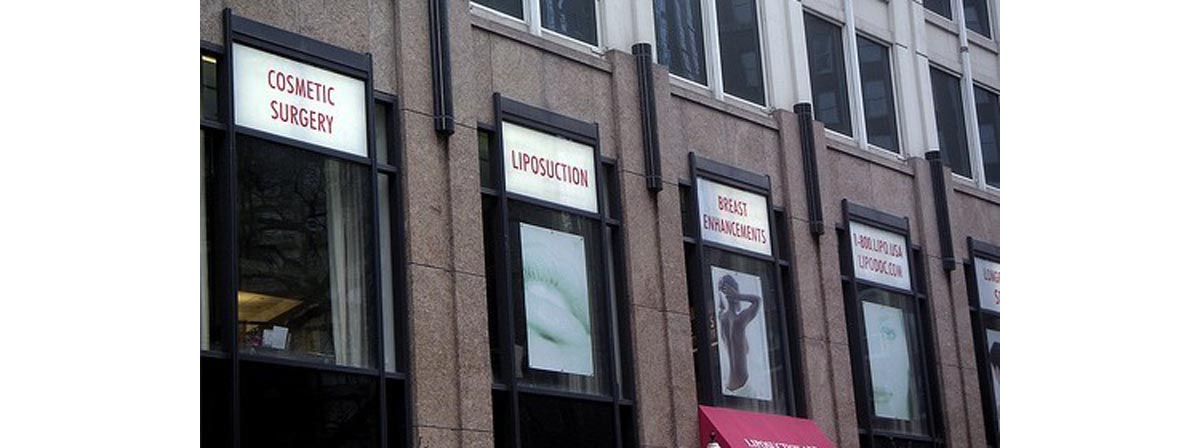Table of Contents
People worldwide have long raved about liposculpture, which has been popular for years already — and those who have been through it and are thrilled with the results often make it sound easy. What are the risks associated with the procedure, though, and is it right for everyone?
Read on to find out about the risks and important considerations before deciding to opt for liposculpture yourself.
What is Liposculpture?
Liposculpture is another term commonly used for liposuction and it describes the cosmetic surgery that is undertaken to, essentially, vacuum the fat deposits from beneath the skin with the objective of reducing fullness in specific and targeted areas such as hips, abdomen, thighs, hips, knees, buttocks, upper arms, cheeks, chin, and neck.

The excess fat can be sucked out of the body by either using a vacuum suction cannula — which is a hollow pen like instrument — or by using an ultrasonic probe, which breaks the fat into small pieces and then removes it from the body with the help of a suction technique.
Liposculpture is slightly different from liposuction as at times liposculpture also involves removal of fat from one part of the body and injecting it into a different part, thereby transplanting fat with the objective of sculpting or enhancing the overall body contours. Liposuction involves the suctioning of fat without the 3 dimensional contouring of the body. Liposculpturing requires an excellent surgical technique coupled with a very artistic eye to reshape or sculpt the body, and surgeons who perform it are artists as well as doctors.
Liposuction or liposculpture procedure might include the suction of fat from more than one site, for example, back, abdomen, and thighs on the same day. Liposuction technique is only adopted with the objective of body contouring. It is not a weight loss technique.
Types of Liposuction techniques
Various types of liposuction techniques are adopted by surgeons. Some of the commonly used techniques are listed below:
- Tumescent liposuction: The tumescent liposuction technique involves injecting a tumescent solution, which is a mixture of lidocaine and epinephrine, under the skin near the problem areas. The tumescent solution causes the fat to expand and then loosen. The loosened fat is then sucked out with the help of a syringe or a metal tube. The lidocaine present in the tumescent solution is responsible for causing numbness in the treated area and the epinephrine minimizes the blood loss by shrinking the capillaries.
- Ultrasound-assisted liposuction: In the ultrasound-assisted liposuction technique, ultrasonic energy is applied through the cannula used for liquefying the fat. Once the fat is liquefied, it is sucked out using the same cannula. The ultrasound-assisted liposuction technique is very helpful in removing fat from the sides, upper abdomen, and back.
- Laser-assisted liposuction: In the laser-assisted liposuction technique, fat is liquefied using a laser beam and it is then vacuumed out through the cannula.
The type of liposuction technique adopted by a surgeon depends on the patient and the operating surgeon’s preference and skills. The tumescent liposuction technique offers the advantage of the fastest recovery time and negligible side effects.
- “Skin and Wound Infection by Rapidly Growing Mycobacteria: An Unexpected Complication of Liposuction and Liposculpture”, by Jorge Murillo, et al. Published in the November 2000 issue of JAMA Dermatology, accessed on September 15, 2013
- “Liposculpture with Ultrasound: Biomedical Considerations” by Giuseppe Bruno, et al. Published in the November 1998 issue of the Aesthetic Plastic Surgery, accessed on September 15, 2013.
- Photo courtesy of Greg by Flickr : www.flickr.com/photos/gwdexter/2290490546/
- Photo courtesy of Dale Leschnitzer by Flickr : www.flickr.com/photos/dalehugo/43675078/

